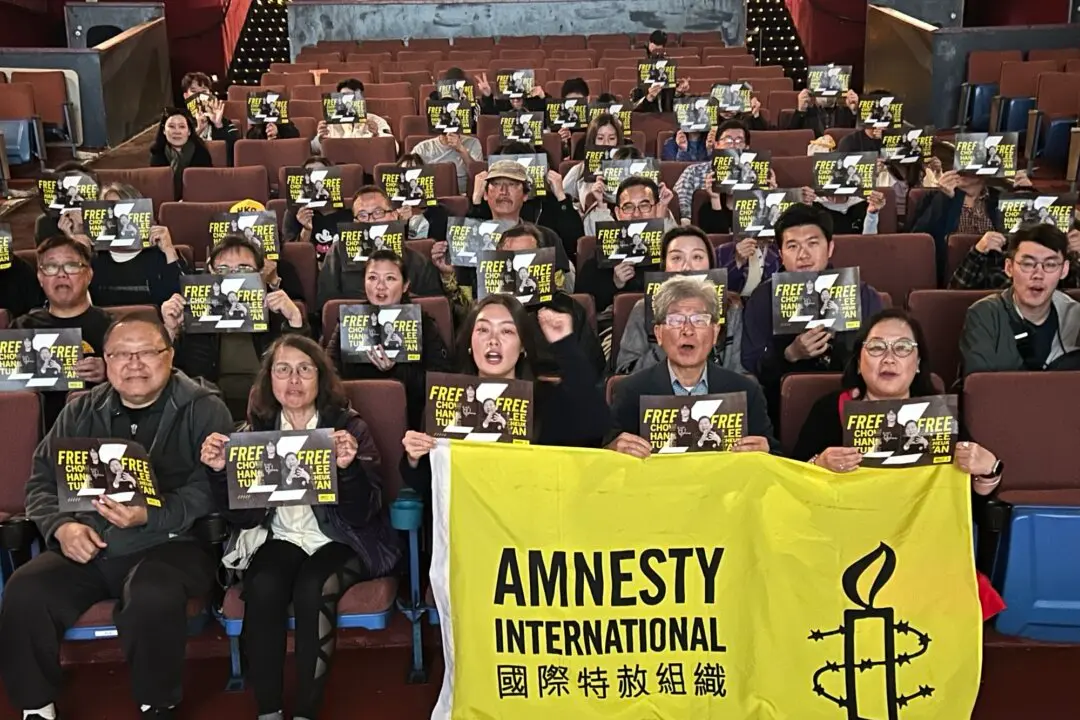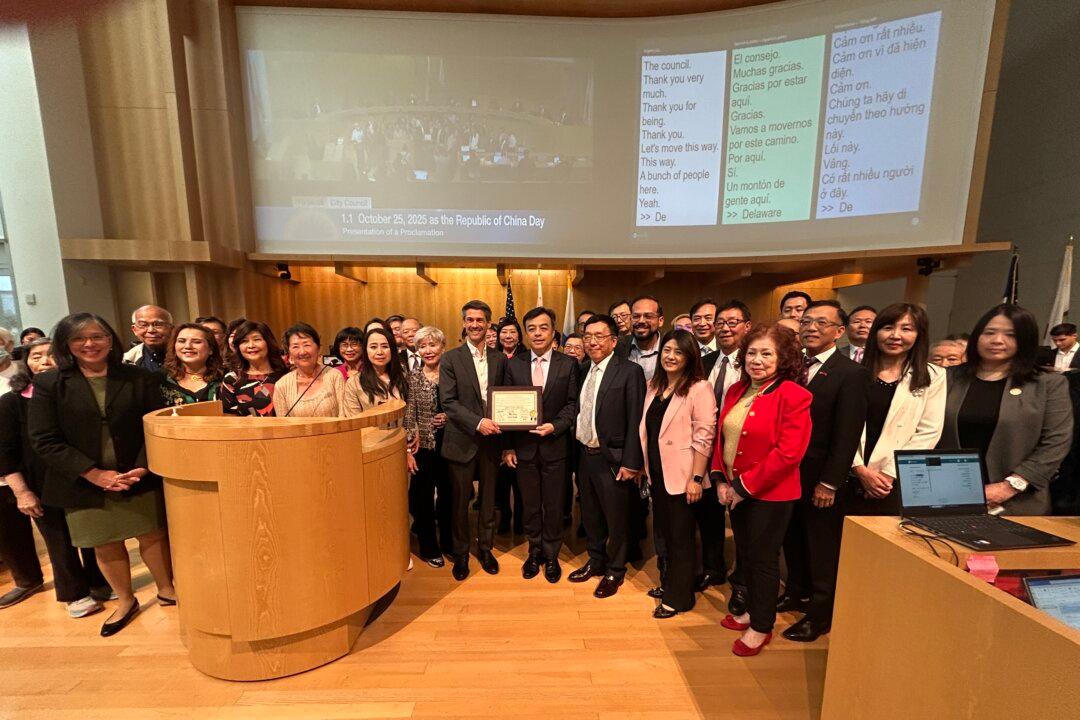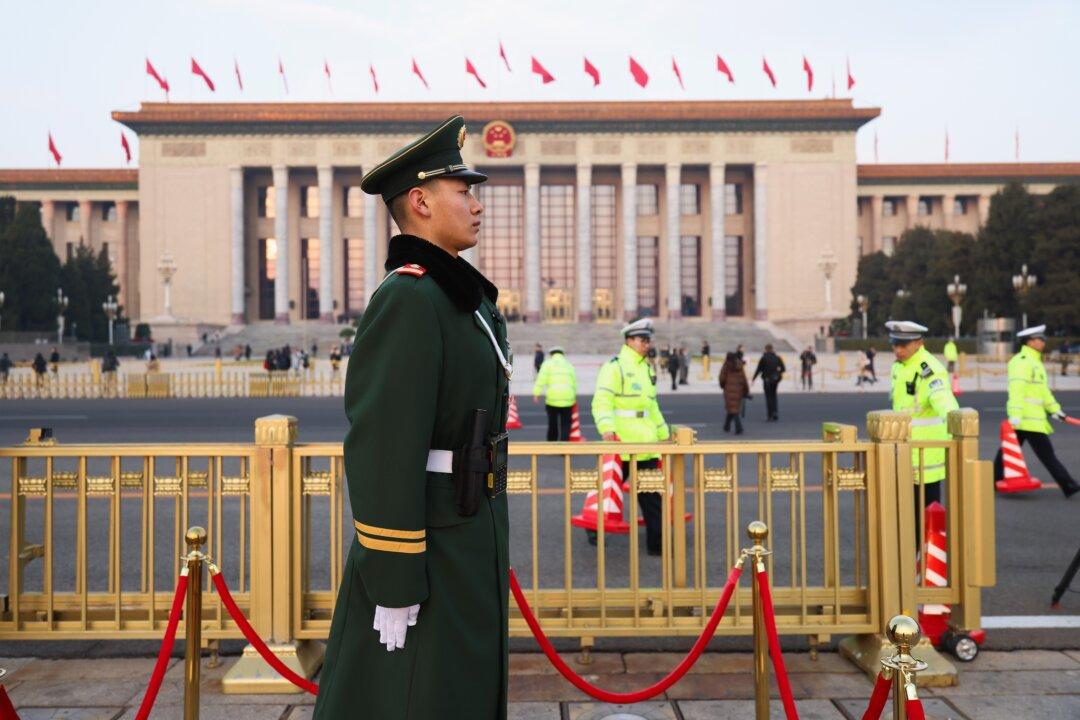George Yang is a Chinese immigrant. As a candidate running for California Superintendent of Public Instructions, he wants to ensure that all students in the public schools will learn about the Great Chinese Famine.
“We, right now in the United States, only talk about the Holocaust,” said Yang during a phone interview with The Epoch Times. “It is unfortunate that many people, including kids in China, do not know about the Great Famine of China,” Yang said.





